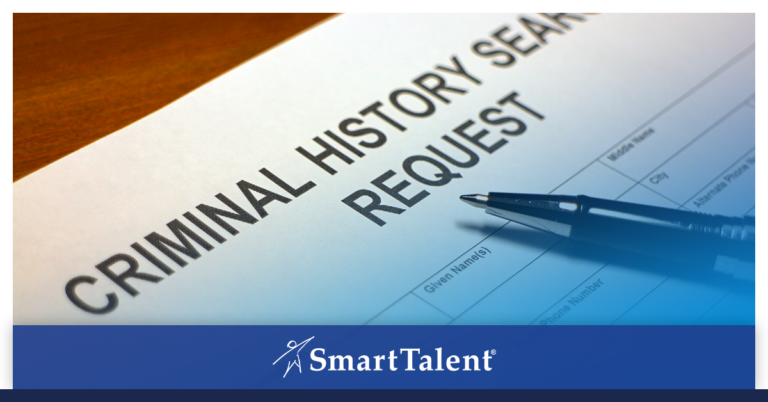What to Do With Employee Survey Results
The COVID-19 outbreak made communication with your team a critical lever in reacting to a fast–changing situation. As you consider safety issues and operational challenges going forward, employee surveys provide an excellent method for gathering opinions and using them to make the best decisions possible. But just handing out a questionnaire doesn’t do much good. You need to know what to do with the employee survey results once you have them.
A well-administered employee survey can make a big difference. Harvard Business Review cites a case from the 1990s in which a large company was able to use data from an internal questionnaire that found a significant correlation between performance and certain leadership tactics. Through training exercises, the company was able to spur a 22% increase in billing accuracy in a single year (with an even bigger response the year after).
To get results like these, you need to turn raw survey data into actionable policies. YMMV, basically. But there are concrete steps you can take to improve your chances of getting real value out of the survey results.
With that in mind, here are some steps to take to maximize the results of your employee survey:
Create a Framework for Analysis
Okay, you’ve gathered a bunch of data. What are you going to do with it? Honestly, you should’ve probably thought of that ahead of time (and we’re assuming you did). But formalizing your analysis of the results will be crucial in creating an actionable response.
The more quantifiable you make your findings, the easier it will be to derive operational value. Look for areas of consensus and pinpoint problem areas that require immediate action.
Share the Results
Remember: employees are invested in the results of the survey and how that data will be used. Leaving them out of the loop will only cause disaffection.
An employee survey should form just one stage in a continuous communication process. After all, you asked your employees to provide the information you needed to make an informed decision. Let them know what you learned and reassure them that you plan to take the information into account.
Implement Changes
It’s time to take big–picture thinking and turn it into an actionable plan. The data provided in the surveys should help you steer your strategic direction. Hopefully, the answers you received will point to specific policies you can enact.
Your goal in this step is to create a coherent, point–by–point program to achieve the goals you set out. You need to turn broad conclusions into dates and timelines and specific instructions.
Continue Communication with Employees
Have we mentioned this before? Well, you should get the hint that it’s important.
As you implement policy based on your survey results, keep the lines of communication open. You don’t need to launch another formal survey immediately (though will get to that point in a second). But a more informal process of feedback will help you tweak your action plan in light of changing realities on the ground.
Plan Your Next Survey
Surveys should represent an ongoing process. In the wake of the COVID-19 outbreak, the economic and regulatory situation will likely remain in flux for a long time. Meanwhile, as an ongoing enterprise, regular surveys provide an excellent way to gauge the pulse of worker opinion.
Don’t overdo it, of course. Employees often find surveys annoying and disruptive. But start considering your next questionnaire. Consider the near-term challenges your company is likely to face and anticipate how your team will need to respond to these issues. From this, you can determine what input you need your workers.
Employee engagement is key to long-term team building. It helps to have the right employees in place. A top-notch recruiter, like SmartTalent, can provide the expertise you need to optimize your staff.
Contact SmartTalent today to find out how to attract and keep the best talent.







